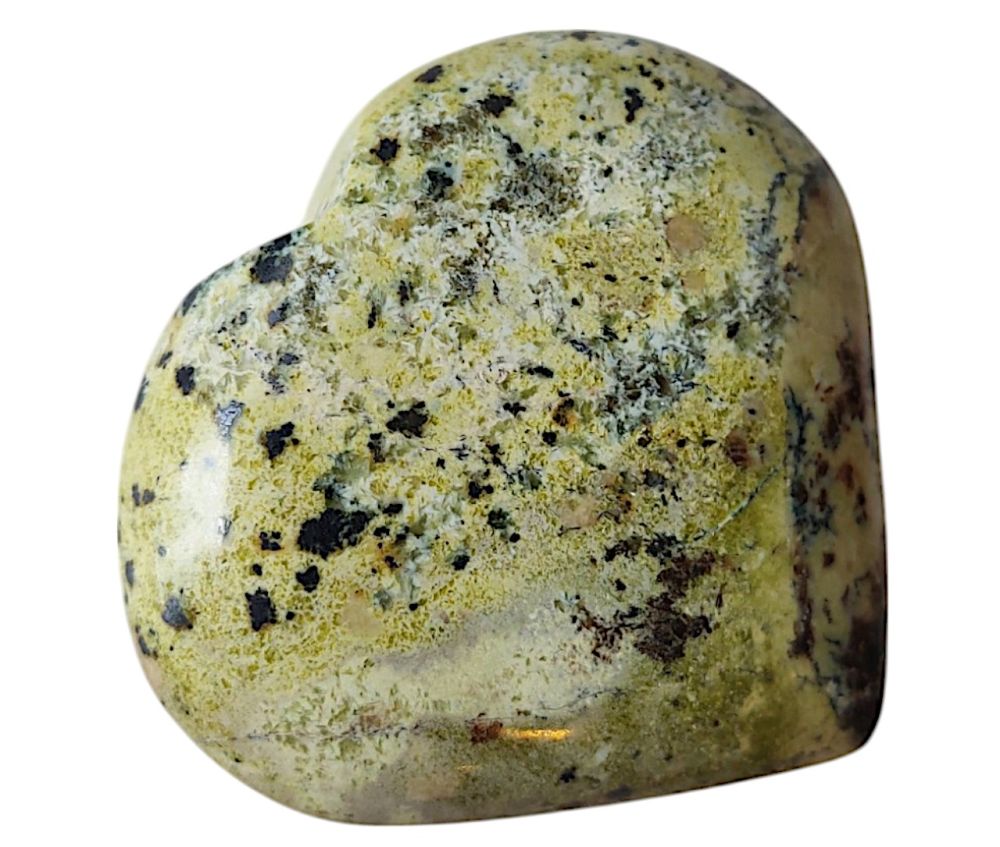We use cookies to make your experience better.
TimmersGems has a new website, existing customers also need to register again.
Lizardite hearts from southern Australia (70-90 mm)
Lizardite is related to serpentine and looks very similar to it. Previously discovered in Norway and now also found in Australia.
Availability:
In stock
SKU
122378
Lizardite is related to serpentine and looks very similar to it. The mineral serpentine or clinochrysotile is a magnesium-iron silicate with the chemical formula (Mg, Fe)3Si2O5(OH)4. It belongs to the phyllosilicates. The amorphous mineral can be red, yellow, white and green. The green colour is typical for the mineral in the mantle rock serpentinite. The hardness is 2.5 to 4, depending on the composition and serpentine has an average density of 2.59. One of these types falls under asbestos. Inhalation of this type is harmful to health. The mineral serpentine, like the rock serpentinite, is named after the Latin word serpens, which means "snake". The shape in which the minerals have grown in the rock is reminiscent of the shape of a snake. It was also used in the past as a medicine against snake bites. The other name for serpentinite, clinochrysotile, is derived from the Greek words clinos, chrysos and tilos (respectively "crooked, skewed", "gold" and "fibre"). It is so named because of the gold-coloured fibrous structure that the mineral can assume. Serpentine is an indicative mineral for serpentinite, a peridotite that is often converted by hydrothermal activity. Under the influence of pressure and temperature, the olivine and pyroxene from the mantle rock are converted into serpentine. This is also called serpentinitisation. The chemical reaction equation is: 4Mg2SiO4 (olivine) + 4H2O (l) + 2CO2 (aq) → Mg6Si4O10(OH)8 (serpentine) + 2MgCO3 (magnesite) Serpentine is therefore a mineral that is found in those areas where mantle rock has come to the surface, usually in orogens. Serpentine is widely exposed in Greece and the Alps.
| Dimensions | 70-90mm |
|---|---|
| Country of Manufacture | Australia |












